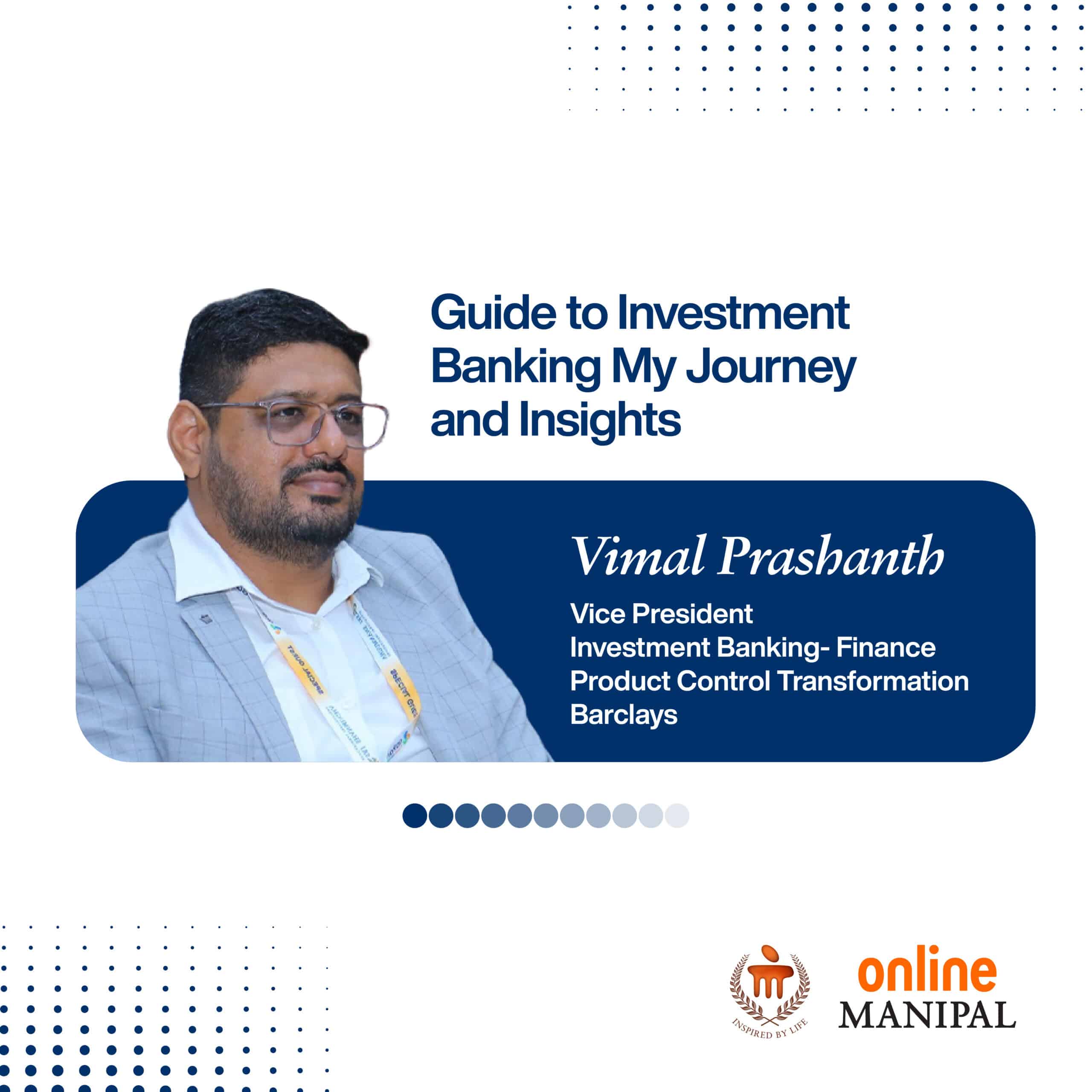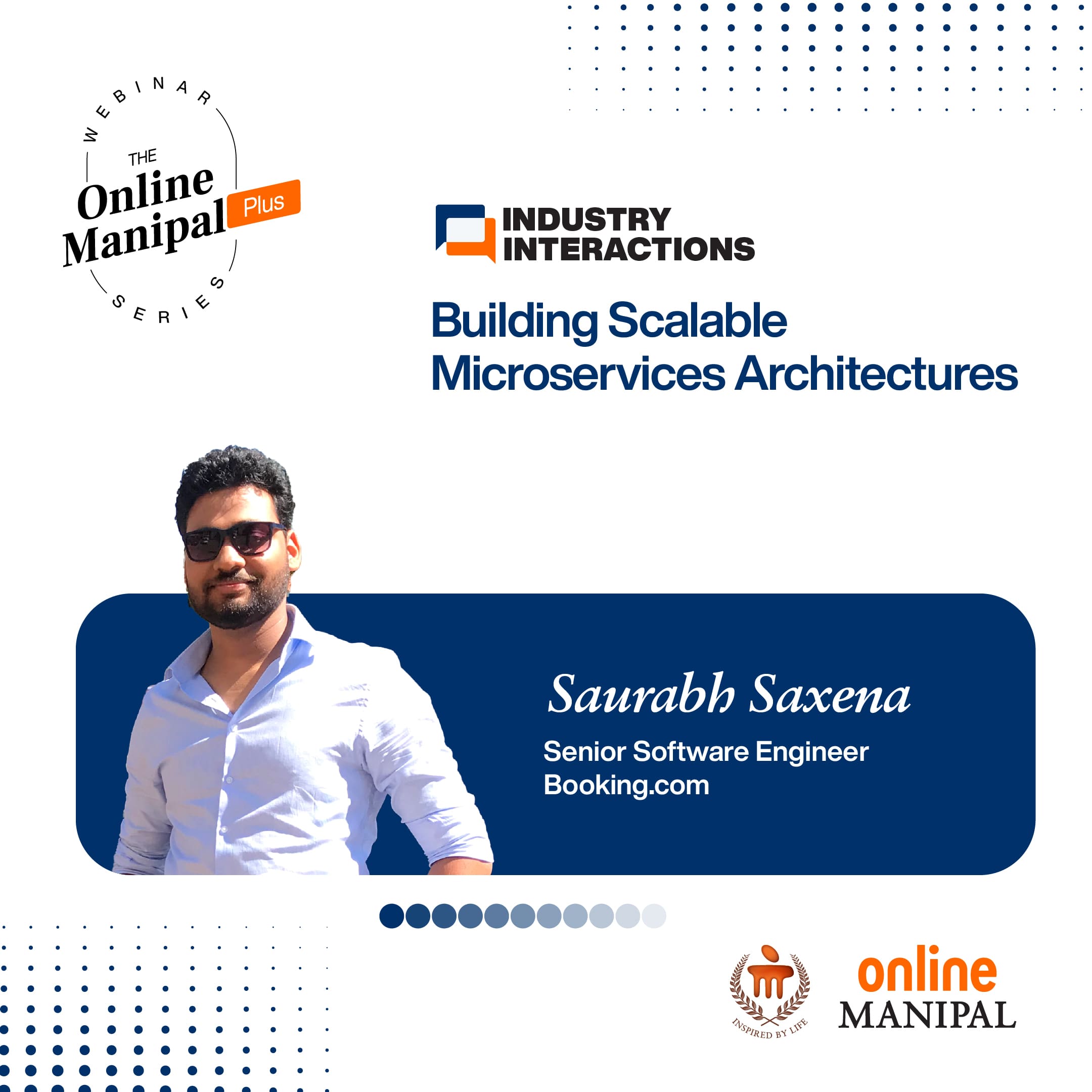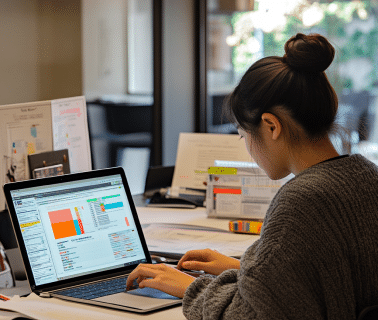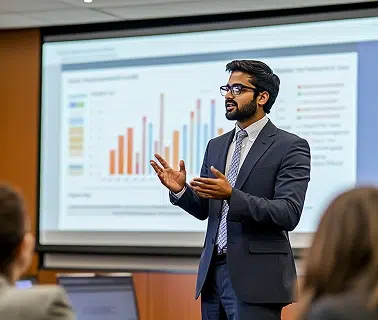Listen to this blog
We keep hearing buzzwords like critical thinking, problem-solving skills, and innovation in business every day. But what do they really mean in the real-world scenario? These words, simply put, are encompassed into creative problem solving. ‘Creative problem solving’ is to take complex problems, understand what the issue is, break the problems down into smaller bits, come up with a solution and finally, present it.
Before we delve deeper, I’d like to quote two thought leaders whom I genuinely admire – Dr. Vikram Sarabhai’s “He who can listen to the music in the midst of noise can achieve great things” and Sir Isaac Newton’s “If I have seen further, it is by standing on the shoulders of giants“.
What these quotes mean to me
Dr. Sarabhai taught me to distil my thinking in order to identify the real problem, and Newton taught me the importance of reusing and building upon the work of others. You need not be afraid of reusing what you already know or what you have learnt somewhere else because reusing the thoughts has two distinct advantages –
- If it is a well-known thought framework, it is accepted easily.
- You do not have to re-invent the wheel; hence you will be able to deliver faster.
The crux of Management consultant 101
In 25 years of my career as a management consultant, I have gained immense experience and have learnt certain things in my organizational journey that I still live by –
1. Focus on the real issue
With a single liner sentence provided by your organization, you will have to identify and understand the exact underlying problem.
2. Always form a hypothesis
- Once the problem is identified, break it down to solvable bits. This will help in achieving quick wins at the organization.
- Have an opinion as to what solution might be required for the issues.
- Be clear about what you can or cannot do.
3. Present a solution
To present a solution, the first 3 to 5 minutes of the presentation are crucial. To achieve this, I live by two mantras:
- Keep it simple (what/why/how): focus on what the problem is, why it was caused, and how to solve it.
- Have a logical end goal.
You may be interested in Business Analytics in innovation & growth
To break it down further, let’s take an example,
Question: How can we extract water from the ground?
Constraints: Without using any mechanical or electrical power
Answer: Plant a tree!
The first answer that comes into the mind when the question is posed is a mechanical or an electrical pump. But the question was how to extract water and not the purpose of the extracted water. With an open mind, the approach to the answer is simplified.
The A380 exercise: Estimating the weight of a giant airplane
In a recent interview, a particularly intriguing question arose: “How much does a fully loaded Airbus A380 weigh?”
| ASK | SOLUTION | RESULT |
| How many people can the aircraft hold? A: 400 people | 400 * avg. weight per person 400 * 70 | 28,000 kg |
| How much luggage is allowed per person? A: 50 kg | 400 * avg. bag weight allowed per person (3 bags: 20 + 20 + 10) 400 * 50 | 20,000 kg |
| How much fuel will the aircraft carry? A: 500 l | 500 l * 0.85% weight of water (1 kg per litre) 500 * 0.85 | 425 kg |
| TOTAL WEIGHT | 48,425 kg |
The exact number wasn’t the focus. Instead, it was about dissecting the problem-solving process itself. Here’s how to break it down:
1. The power of right questions
- Start with the passenger load: How many people can the A380 hold?
- Factor in luggage: What’s the average luggage weight per person?
- Don’t forget fuel: How much fuel does this giant bird guzzle?
2. Breaking it down (The ‘how’)
- People: 400 passengers x 70 kg/person = 28,000 kg
- Luggage: 400 passengers x 50 kg/person = 20,000 kg
- Fuel: 500 litres x 0.85 kg/litre = 425 kg
3. The ‘why’ behind the exercise
This isn’t about memorizing A380 specs! It’s about demonstrating:
- Structured thinking: Can you break a big problem into smaller, manageable chunks?
- Analytical horsepower: Do you know what questions to ask to find the data you need?
- Hypothesis to solution: Can you form a logical plan and reach a reasonable answer?
During an interview, I’d pose this question, not to assess the accuracy of the answer (48,425 kg), but rather to evaluate the candidate’s problem-solving approach and solution-finding process.
A similar post you may find insightful: Commonly asked interview questions and how to answer them
Tools and technologies for creative problem solving
During my work, I was once asked, “how can you completely transform the customer service function in this organization?” To this one-liner problem, I had to come up with a solution which I could accomplish by using certain tools and following proven problem-solving methodologies:
1. Design thinking process
The design thinking process has a significant value in the field of information technology for product building, and I strongly abide by it. The design thinking process is broken down to five stages:
- Empathize: understand and define the problem statement.
- Ideate and brainstorm with the team to create a hypothesis.
- Prototype: create a prototype of the product.
- Test the prototype of the product and reinvent it in case of issues.
- Implement the changes.
2. Agile methodology
Agile methodology comes in for implementation of the product. The Agile methodology emphasizes the concept of ‘sprint retrospective’ where you pause and take a moment to reflect on what worked, what did not work, what could have been done differently, and what to continue to do for team efficacy.
To complement this topic, consider reading : Business communication: Definition, importance, and how to improve it
Ancient wisdom for creative problem solving
The foundation of efficient creative problem solving has been deeply rooted in the system since early Indian civilizations. Takshashila or the Nalanda University taught us the ‘Manana Chintana Dhyana Abhyasa rule’. This has also been adopted and evolved into the more recent 70-20-10 rule.
Manana: Be mindful of everything you do. Learn and develop through experience.
Chintana: Think about the actions you are performing. As the saying goes, “An ounce of experience is better than a ton of theory”.
Dhyana: Meditate upon what you have learnt so that your own views are formed. Dhyana helps in shaping an individual for who they are.
Abhyasa: Practice what you have learnt thus far.
Continuous learning for the road ahead
Learning never stops. In today’s evolving times, the chances of the skill you have learned today to immaterialize are high. What works today may become history tomorrow which is why adapting to newer skillsets has become essential. By learning, relearning, and mastering the newest, more effective strategies, frameworks, and tools foster innovation and success in the long run. Embrace open mindedness, seek inspiration from our forefathers, and never stop pushing boundaries.
Recommended reading
To advance into the creative problem-solving mindset, I recommend the following books:
- The McKinsey Way – Ethan Rasiel
- The McKinsey Mind – Ethan Rasiel and Paul N. Friga
- How to Become a Rainmaker – Jeffrey J. Fox
These books offer insights and practical frameworks to enhance your ability to solve complex problems and foster innovation to drive business growth.
Explore our online programs to become future-ready
View All Courses









